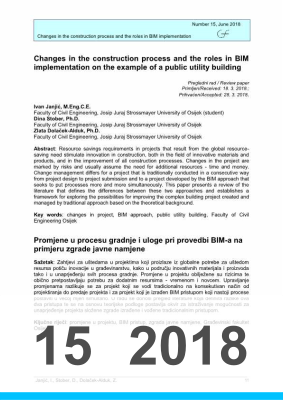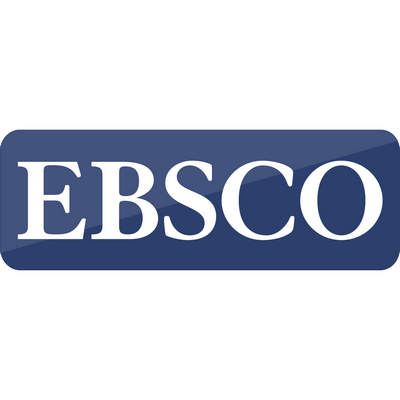ISSN 2232-9080
CHANGES IN THE CONSTRUCTION PROCESS AND THE ROLES IN BIM IMPLEMENTATION ON THE EXAMPLE OF A PUBLIC UTILITY BUILDING
- Issue: No. 15, June 2018, Vol. 8
- Author(s): Ivan Janjić, Dina Stober, Zlata Dolaček-Alduk
- Type: Review paper
Abstract: Resource savings requirements in projects that result from the global resource-saving need stimulate innovation in construction, both in the field of innovative materials and products, and in the improvement of all construction processes. Changes in the project are marked by risks and usually assume the need for additional resources - time and money. Change management differs for a project that is traditionally conducted in a consecutive way from project design to project submission and to a project developed by the BIM approach that seeks to put processes more and more simultaneously. This paper presents a review of the literature that defines the differences between these two approaches and establishes a framework for exploring the possibilities for improving the complex building project created and managed by traditional approach based on the theoretical background.
Keywords: changes in project, BIM approach, public utility building, Faculty of Civil Engineering Osijek







